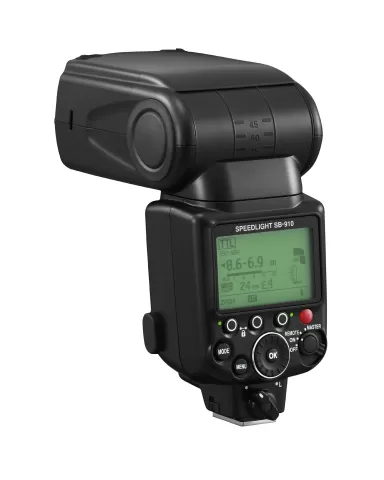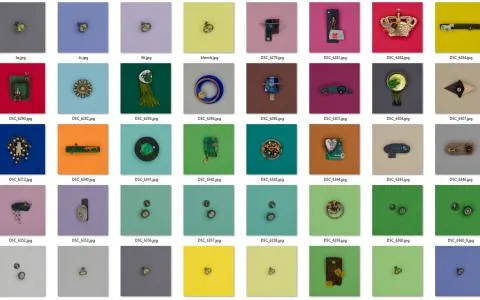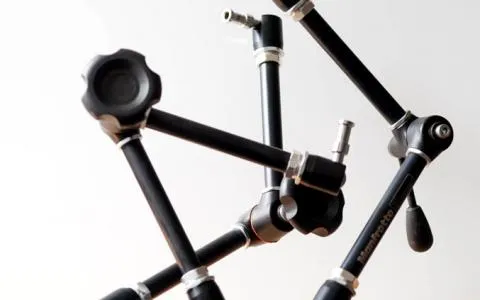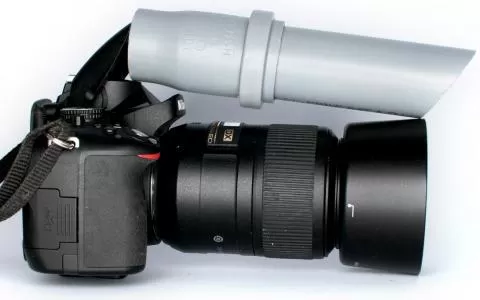I don't like flash images much, and I like the built-in flashes even less.

[Canon Powershot A80]
External flashes are one of the ways to get extra light in situations where you need it. You can use the built-in flash that most SLR's have, but honestly: they suck -- most of the time at least. For a wide-angle lover like myself there is the problem of lacking distance between the lens and the flash, which gives a very ugly shadow from the lens shade or the lens itself.
Personally I rarely use the built-in flash unless I'm in a very tight spot and can't get at the external unit. And I also rarely use the flash for anything but daylight or photos taken at dusk and dawn. Lack of light is a very poor reason for using a flash -- unless you want that special, harsh, shadowy, artificial look the the flash will give you.
Bouncy, bouncy
A second big advantage of the external flash is the ability to tip the flash head and create indirect and soft light by bouncing it off a cieling or a wall. An external flash without this facility will do little more than what the internal on can.
I have had quite a lot of external flashes with rotating heads, starting with some ancient Braun models going to a Vivitar for my Minolta film SLR's to the Minolta HS5600 for my 7 and 7D and an SB-800 for my Nikon D200.
All of them have been (or are) the the latest in flash technology with all kinds of sensors, TTL-measurement and intelligence -- to the extent it has been possible.



